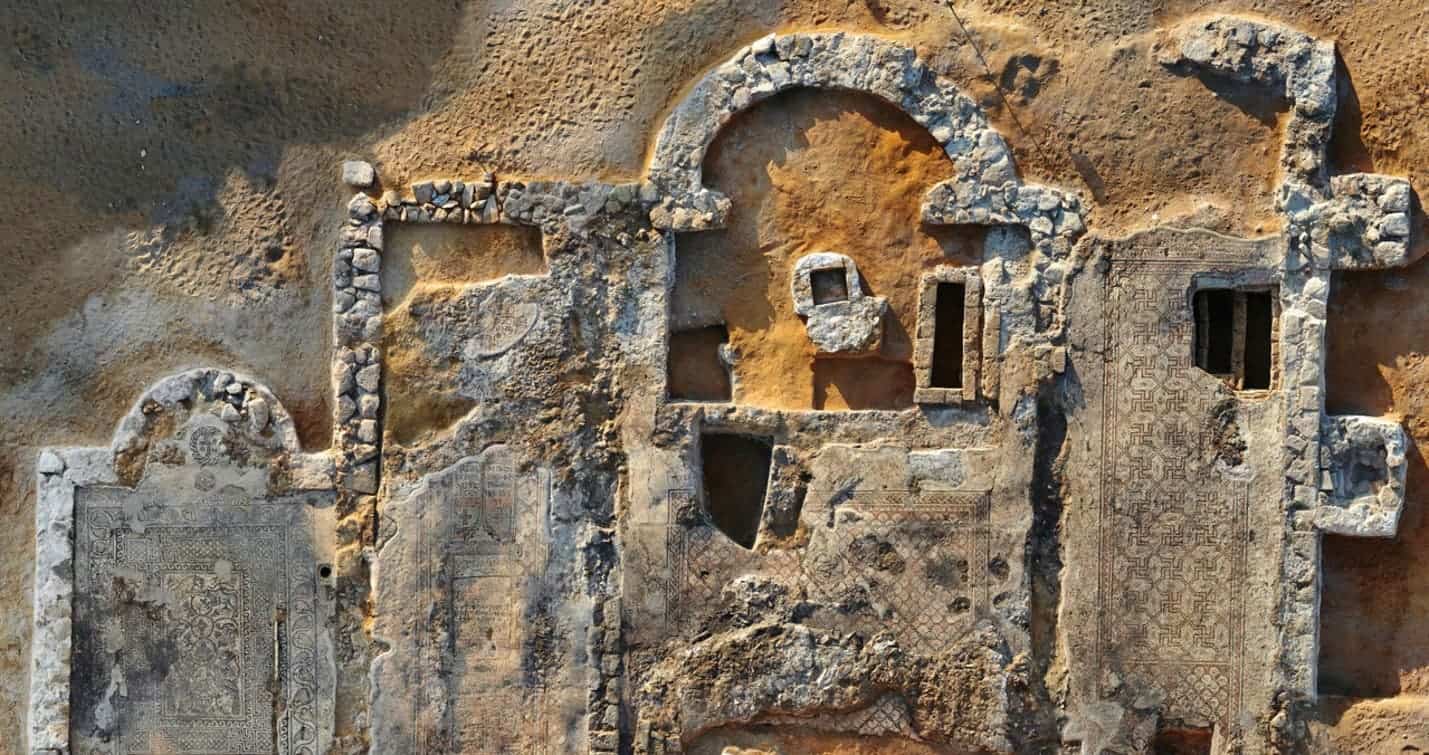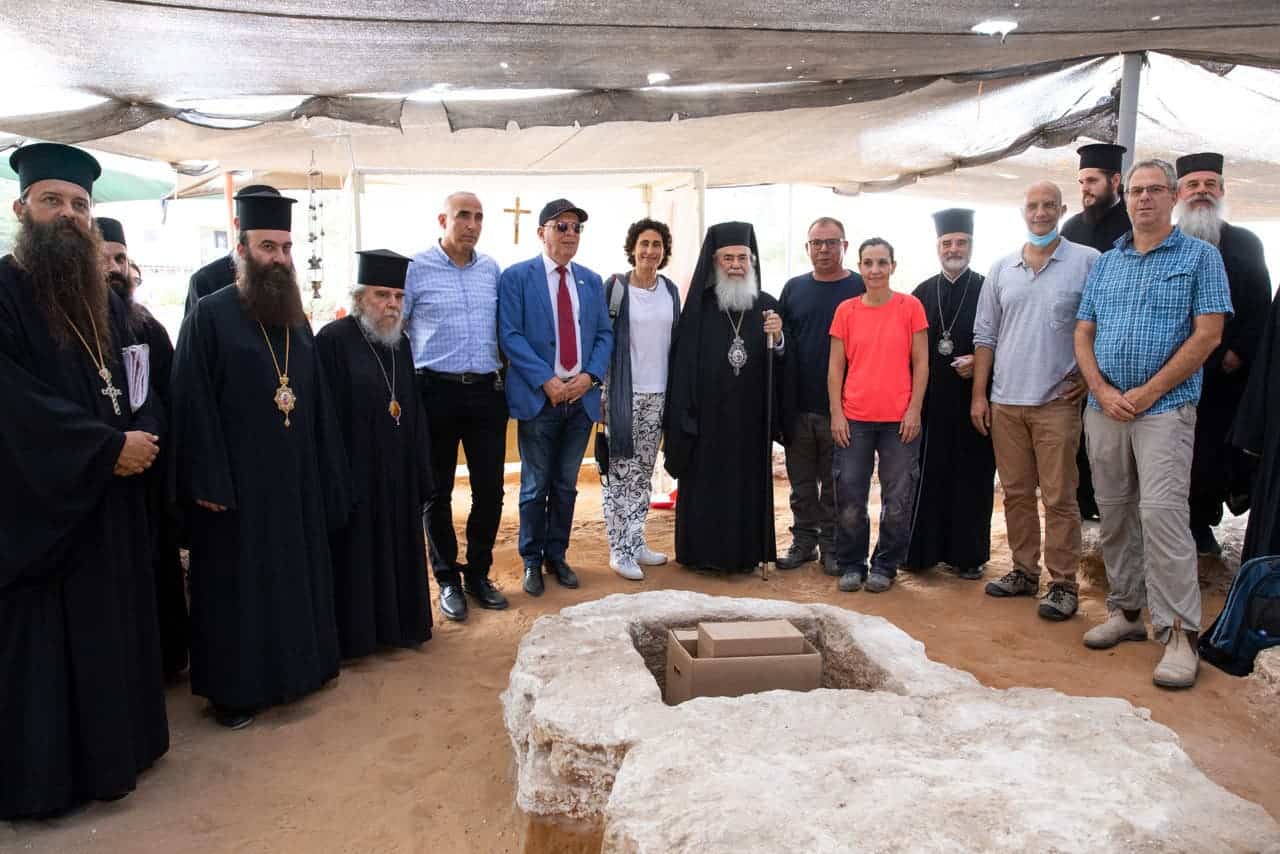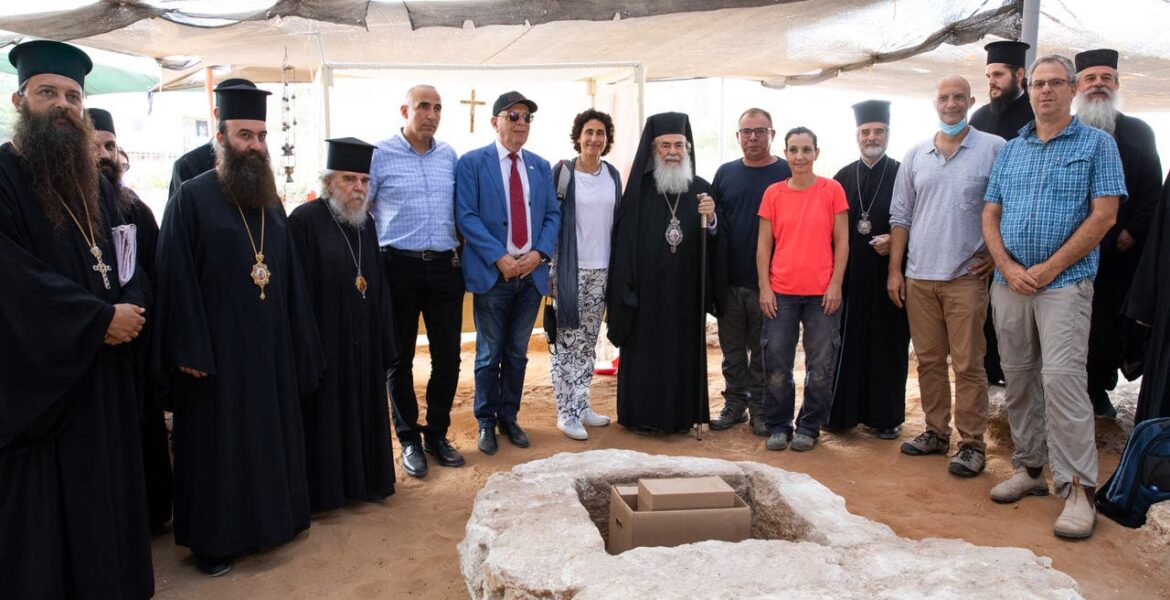An archeological dig in Israel of a 1,600 year old Byzantine church has revealed the existence of clergywomen with mass graves at the site suggesting a pandemic that crippled the Byzantine Empire, reports Haaretz.
 According to the news report, the Byzantine basilica that Israeli archaeologists have uncovered in the southern city of Ashdod was built in the fourth or fifth century C.E., and is being hailed as one of the earliest and largest Christian basilicas found in Israel.
According to the news report, the Byzantine basilica that Israeli archaeologists have uncovered in the southern city of Ashdod was built in the fourth or fifth century C.E., and is being hailed as one of the earliest and largest Christian basilicas found in Israel.
It is also one of the most unusual, partly due to the number and prominence of graves and inscriptions dedicated to female ministers. Then as now, women in the clergy were usually overshadowed by their male counterparts.
"And if that wasn’t enough, when the archaeologists investigated the graves dug beneath the floors of the 1,600-year-old basilica, they encountered an additional, darker, puzzle. It appears that most of these holy tombs were reused at a later date. Instead of just finding the skeletons of the people memorialized in the church’s Greek inscriptions, researchers uncovered jumbles of bones belonging to dozens of individuals who had been unceremoniously dumped in and covered in lime sometime in the sixth century."

Ministry of female deacons
"While there are similar burials and memorial inscriptions in many Byzantine churches, the amount of texts and the high number of deaconesses and other female ministers mentioned is unique, says Prof. Joseph Patrich, an archaeologist and Byzantine expert from the Hebrew University who did not take part in the dig.
"These women probably had a high status and had the means and power to be memorialized in such fashion, Di Segni adds. For example, the “Holy Mother Sophronia” was likely the mother superior of a nearby convent, she suggests. As for the deaconesses, who make up most of the women mentioned in the inscriptions, these could have been nuns or secular women of an older age and high class, Di Segni says. In the Byzantine Church, deaconesses had an important role in the baptism of women and other rites, as well as in ministering to female converts, the sick and poor, explains Dr. Balbina Bäbler, a historian from the University of Göttingen who is part of the project.
"The ministry of female deacons (from the Greek “diakonos” – servant or assistant) was eliminated in most Christian denominations over the centuries, but recently there have been calls to bring back this ancient order. Both the Orthodox Church of Greece and the Patriarchate of Alexandria and Africa have restored the role, while Pope Francis has set up a commission to study the possibility of a similar move for the Catholic Church."
[Haaretz]


